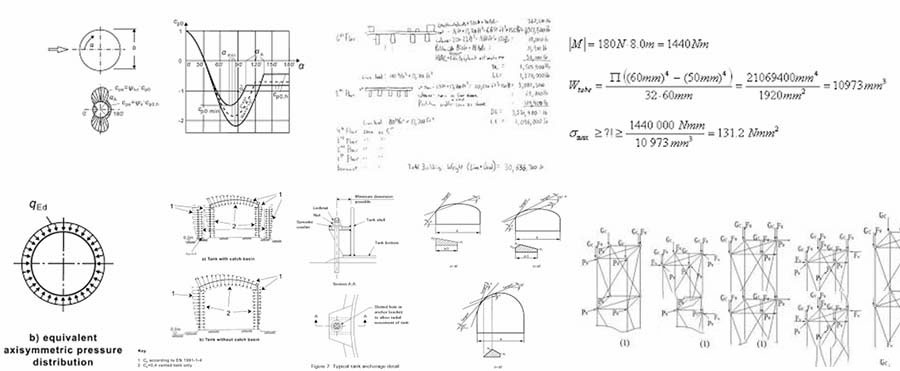
How to measure wind load by adhering to CP 3:Chapter V-2:1972

Various types of codes are utilized all through the world to evaluate structures for wind action. CP 3: Chapter V is a code that was applied earlier to measure the wind loads on a structure. This code will not be application for evaluating a structure for the dynamic actions. Wind produces accelerations and its drawbacks can?t be detected with this code. This code will be mostly effective for general purpose.
The following equation is applied to compute the Wind Pressure.
P = CqA
Where C stands for Cpi -Cpe
q stands for Wind Pressure
A stands for Tributary Area
Wind Pressure is computed on the basis of the site wind speed.
q = kVz2
K is subject to the country. The value provided in the code or other exact value can be applied.
It is necessary to associate the wind pressure coefficients when loads are measured. The wind pressure coefficient that is acquired for windward and lever sides can?t be always associated. As for instance, while computing wind pressure in a building, the internal pressure becomes a vital factor.
In order to use loading distinctly for windward and leaverd sides to a great extent, the calculation for wind loading is made discretely by relating each pressure coefficient with internal pressure coefficient.
Internal pressure coefficient may fluctuate. Usually, it contains fix values. It could be positive or negative. Examine calculation of wind loading on windward side. Suppose, external pressure coefficient is +0.7 and internal pressure coefficient -0.3 and +0.2 (for a building having little scope for arranging better openings in severe storm).
To read the complete article, click on the following link
: www.civilax.com


